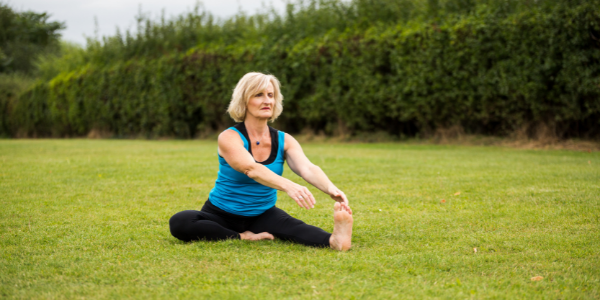After hitting 40 years, workouts don’t get any easier. This article sheds light on how you can recover from your workout sessions.
With age, exercising becomes daunting because they feel more complicated, and muscle soreness increases. Also, you get tired faster when compared to younger years, which takes its toll on your physical and mental health. There is hope as there are proven ways you can incorporate muscle recovery into your post-workout habits. They make the healing process more effective and help you crush your exercises.
What Is Muscle Recovery
Muscle recovery is whereby the performance of skeletal muscles improves after an intense workout session. The more the recovery time, the longer it takes for muscle pain and fatigue to disappear. Advancements in technology have led to recovery tools, including foam rollers, compression leggings and electronic muscle stimulation devices. Whole-body vibration benefits the body by eliciting involuntary muscle reflexes, making the muscles adapt to your workout routine.
Whatever happens in your body is essential because it ensures you stay healthy and perform at your very best. Among the few elements of recovery are protein synthesis restoration of fluids and muscle fibers.
Reasons Why Muscle Recovery Hardens with Age
The older you get, the more post-workout recovery time you will require. Here are reasons why muscle recovery gets more challenging with time.
Reduced Muscle Fibers

Your Brain-Muscle Connection Weakens
The neuromuscular system is affected by aging. To perform exercises, your brain and muscles need to work in tandem, contributing to working out efficiently and effectively. Fewer muscle fibers, the smaller size of your muscles and reduced neuromuscular connections make it difficult to do the exercises you would have done with so much ease.
Your Connective Tissues Are Weaker
Connective tissues such as blood vessels, tendons and tissues surrounding joints and arteries degrade as you age. Collagen and elastin naturally reduce, which compromise your vascular system. Tendons attach muscles to bones, and as they weaken, they result in your muscles feeling sore and tighter.
Your Body’s Healing Process Is Delayed
Your immune system weakens as you get old because the important immune-system components are not regenerated, unlike before. When a specific part of your body is injured or put under stress, it takes more time for the muscles and tissues to get what they need to recover.
Supporting Muscle Recovery as You Age
Your muscle recovery process needs nothing new during your post-workout recovery routine as you age. To ensure your healing process is more effective are these proven ways:
- Focus on nutrition: Ensure you eat a well-balanced meal before and after your workout. It is advisable to increase your protein intake, which helps muscle tissues be more responsive.
- Stay hydrated: Hydrating your body helps regulate body temperature and maintain the proper blood volume. These help with recovery and your post-workout time.
- Stretch more: To minimize soreness and stiffness, practice flexibility exercises. Stretch after working out because your muscles and tendons will stretch easily.
- Use heat therapy: This technique helps with increasing blood flow to your muscles, which helps remove waste products. It also helps to replenish the damaged muscles with nutrients and healing cells.
- Take time to recover: It won’t help when you push yourself to the absolute extreme. Give your body enough time, sleep more and try to understand what works best for you.
In Conclusion
The biological process during muscle recovery is vital in keeping your body in the best possible health. To remain strong and perform your regular workout routines at the highest level possible as you age, do whatever you can to facilitate muscle recovery in your downtime.





